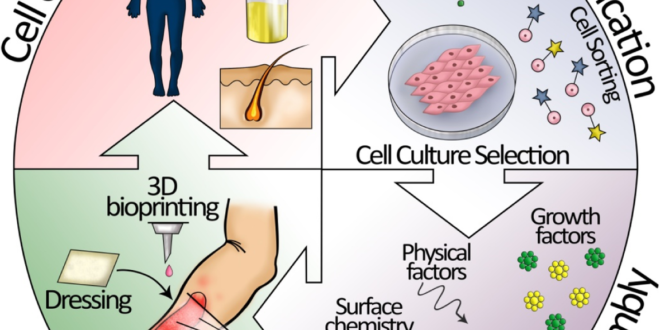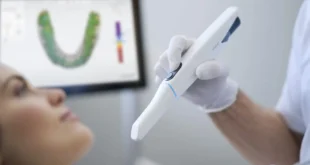Have you experienced a loss of bone or gum tissue lately? You probably know that a treatment option is to try to regenerate bone and gum tissue with the help of bone grafts, tissue structures, and/or membranes. However, many techniques and materials are being investigated as you read this, and one of them is electrospinning for tissue regeneration, as stated by bioinicia.com.
How does electrospinning work?
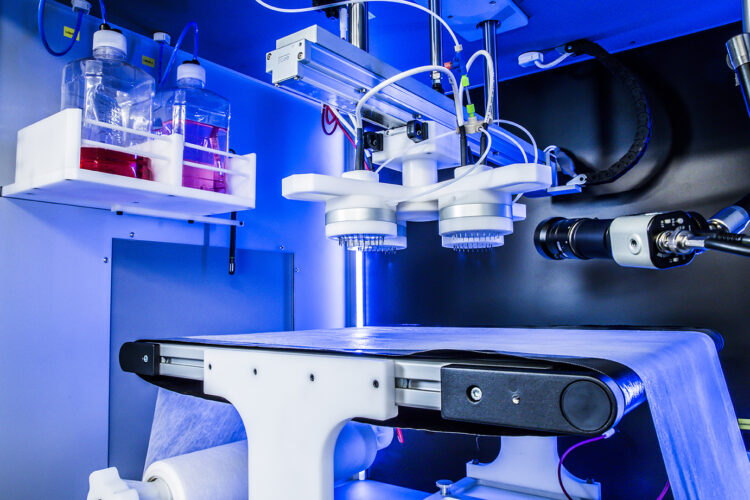
Electrospinning is an emerging and efficient process for generating nanofibers. It works with polymer solutions. The process starts by charging and ejecting a polymer melt or solution through a spinneret under a high-voltage electric field and to solidify or coagulate it to form a filament.
In order to make the process, you will need an electrospinning machine. There is a full range of them to cover several needs at your lab. And there are also for those who request a special electrospinning device according to their particular specifications, the possibility to customize any electrospinning machine.
Why use electrospinning for the regeneration of gum tissue?
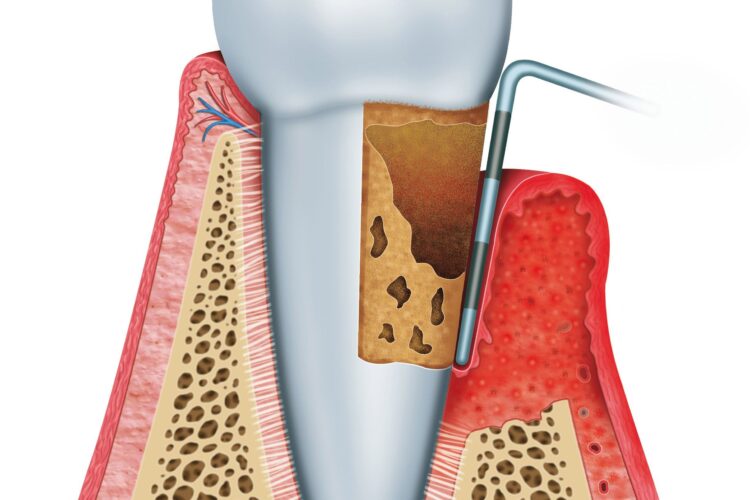
Electrospinning can effectively mimic the natural extracellular microenvironment and can, therefore, be used to support cell growth in application areas such as tissue engineering and regenerative medicine.
The gum or gingiva is the mucosal soft tissue that covers the alveolar bone of the mandible and maxilla within the mouth and surrounds the base of the teeth, providing a seal to protect the tooth roots and periodontal ligaments. Gums can easily become inflamed and are susceptible to a variety of common problems, so heads up!
Nanotechnology for medical applications
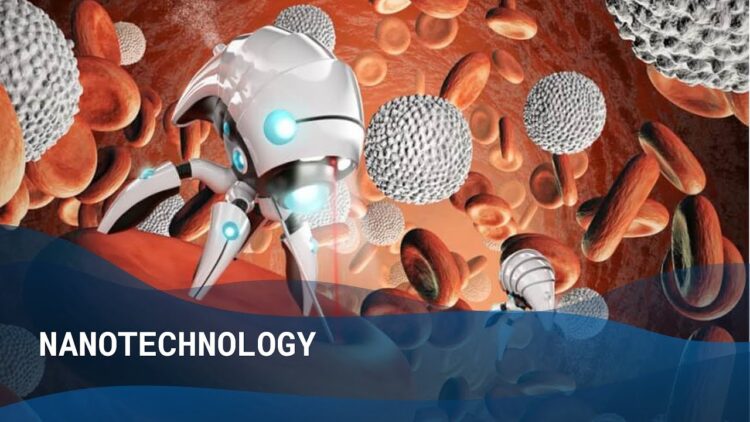
Nanotechnology applied to the health industry has been a great advance in the field of medicine. Thanks to techniques that operate on a nanometric scale, it is possible to apply less invasive therapies, achieve earlier prevention, and faster cures. Given its advantages, nanomedicine has already spread in the field of Dentistry, where complex and precision works are frequently carried out that require the compression of the microstructures that form the teeth and the colonizing microorganisms.
Nano-dentistry has brought new technologies in the development of innovative materials with particles in nanometric ranges, and their daily clinical application as nanoparticles, nanotubes, and nanorobots, which have improved even traditional procedures, revolutionizing therapies and classic dental procedures. In recent years, many companies have already started to commercialize their nano-hybrid resins, nanofillers, and nano adhesives.
The development of nano-dentistry is applied in the three-dimensional reconstruction of images with the acquisition of physiological data, the design of flexible instruments capable of developing cranial and facial sutures, excision of oral tumors without the need for a surgical incision, and the production of nanochips and magnetic implants with remote control. These innovations can be applied to various oral and dental conditions. You can check out the innovations in the field of oral medicine on Power Of Particles.
How can I know if I have retracted gums?
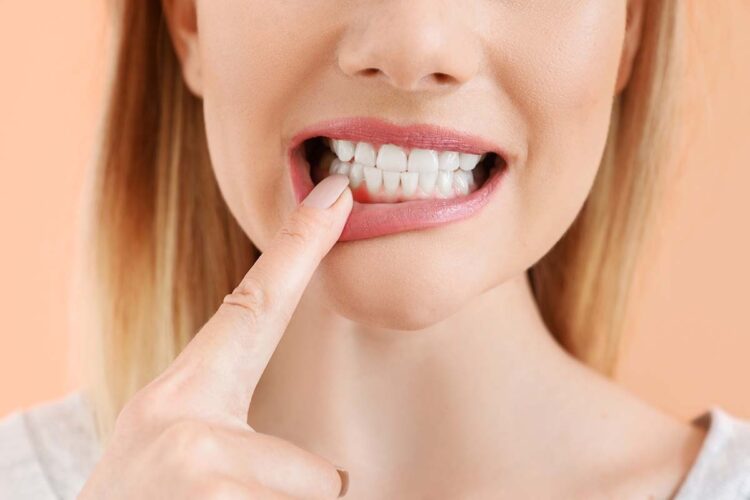
There are some indications that may indicate that you have gingival problems or receding gums. It occurs when the gums contract, leaving the root exposed and the first thing you may feel is increased tooth sensitivity. You may also notice that your teeth appear longer or you may see a mark where the gum meets the tooth.
Although you may see these signs, it is not always easy to know if your gums are retracted. It is best to go to the dentist for regular checkups because a professional can identify and treat gingival problems. This is especially important in the case of retracted gums because starting treatment as soon as possible is the best way to prevent them from getting worse.
What causes receding gums?
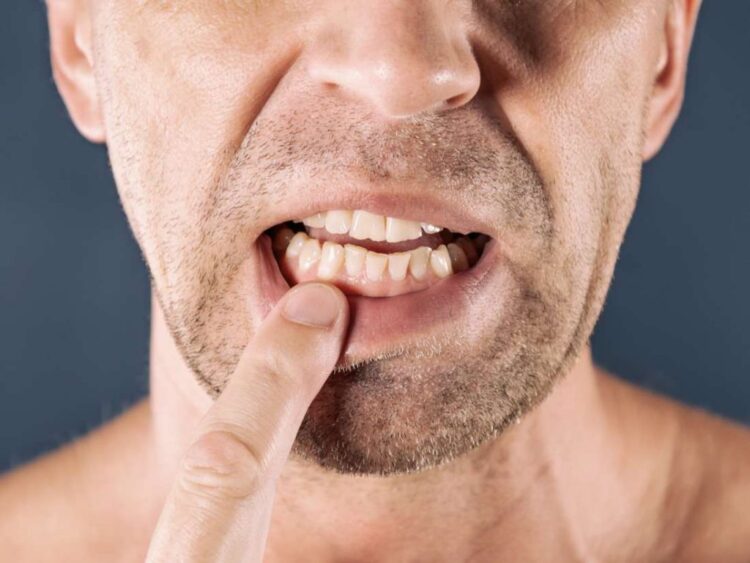
There are multiple reasons that result in gingival retraction, such as accidentally receiving a strong blow to the mouth.
However, other reasons are directly related to our lifestyle:
- Having a proper tooth brushing technique ensures optimal daily cleaning, but also prevents certain problems. Conversely, excessively strong or aggressive brushing causes damage to the gums and causes them to shrink, leaving the periapical roots unprotected. Remember that exercising more pressure does not ensure better oral hygiene and that it is preferable to spend several minutes brushing your teeth so as not to rush.
- Certain bad dental habits, such as tobacco, substantially harm the soft tissues of the mouth. Therefore, it is recommended that people who want to regenerate their retracted gums eradicate, or at least reduce cigarette smoking.
- But if we have to highlight the most common cause of a gingival recession, it is the accumulation of bacteria and dental tartar. The main reason it happens is due to poor oral hygiene. When the bacterial plaque begins to solidify, it is important to act to reverse the situation, before it triggers other problems that affect oral health. If pathogens start to nest in the recesses of the mouth, the gums start to swell and bleed. Ultimately, gingivitis and, later, periodontitis develops.
Remember, although science advances on technological and innovative treatments, you must take care of your health and try to have good hygiene that prevents the diseases that you must then take care of. Don’t forget, the time to take care of yourself is now!
What surgery is the best for the gum recession?
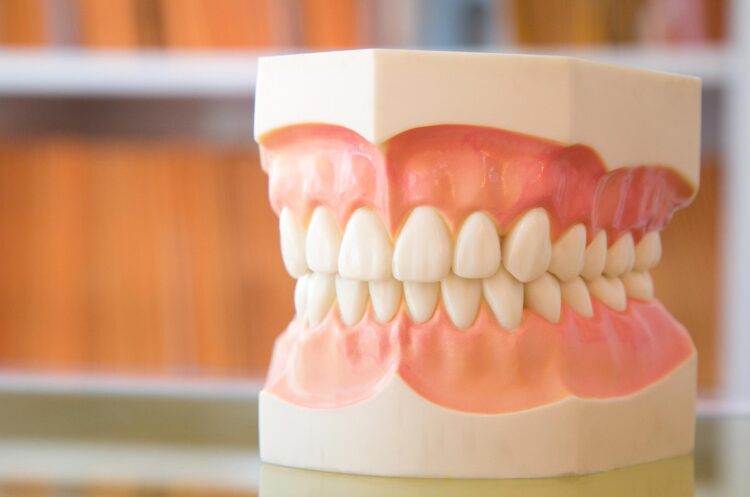
There are several different types and ways to treat your gums. If you’re struggling with gum recession, think about the following steps:
- Do the open flap scaling and root planning
The dentist will fold back the affected tissue and will remove any harmful bacteria while reducing the tooth rot in size.
- Regeneration
Regenerative material such as a graft tissue or membrane (as previously mentioned) can be used in the process of full regeneration.
Soft tissue graft – there are several different grafts that you can place and use when fixing your gums. A flap of your skin is cut at the roof of your mouth and is stitched to the gum tissue surrounding the exposed root. The procedure is not invasive at all, although it may sound like it.
- Electrospinning
It can be used to cover the alveolar bone, as previously explained. It will help with inflamed gums, and it will protect your tooth roots.
How can you prevent gum recession? Tips that you can apply right away
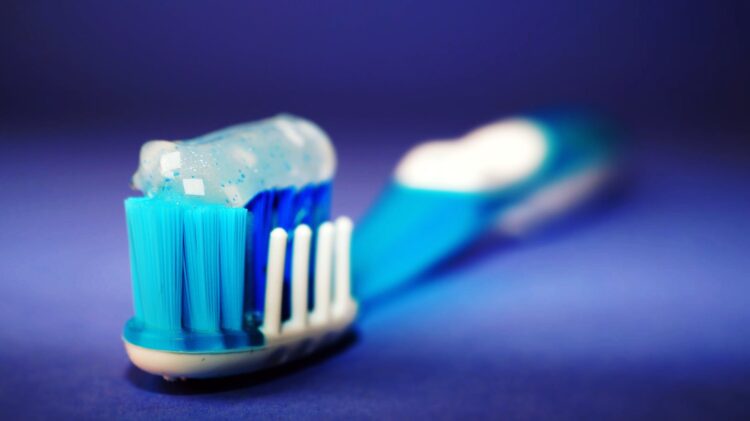
One of the best ways to prevent gum recession is to think ahead and act just in time. Prevention is sometimes key, and acting accordingly will lead to your healthier lifestyle and better appearance. How to prevent gum recession?
- Brush and floss your teeth every day
- See your dentist at least twice a year
- Use the right soft-bristled brush for your teeth, also try to invest in your brush a bit more money than the usual
- Stop smoking if you are a smoker
- Monitor all the changes and watch your progress
Ready for flawless gums?
Are you ready to take care of yourself in a better way, and watch out for your dental health, and oral hygiene? After reading this article you will be more aware of your gums, as well as all the little surgeries that you can do to better them. Also, you’ve learned the pros of electrospinning devices, so would you be willing to give them a go? Let us know your thoughts, as well as your past experiences in the comments down below, we would love to know!
 Hi Boox Popular Magazine 2025
Hi Boox Popular Magazine 2025
